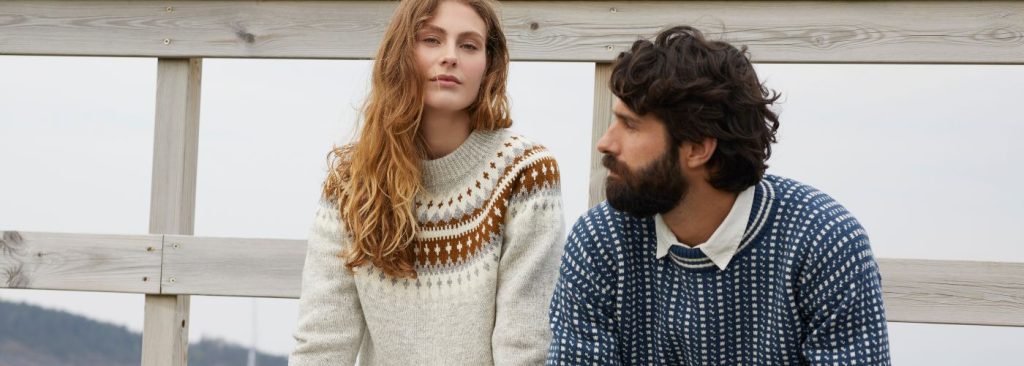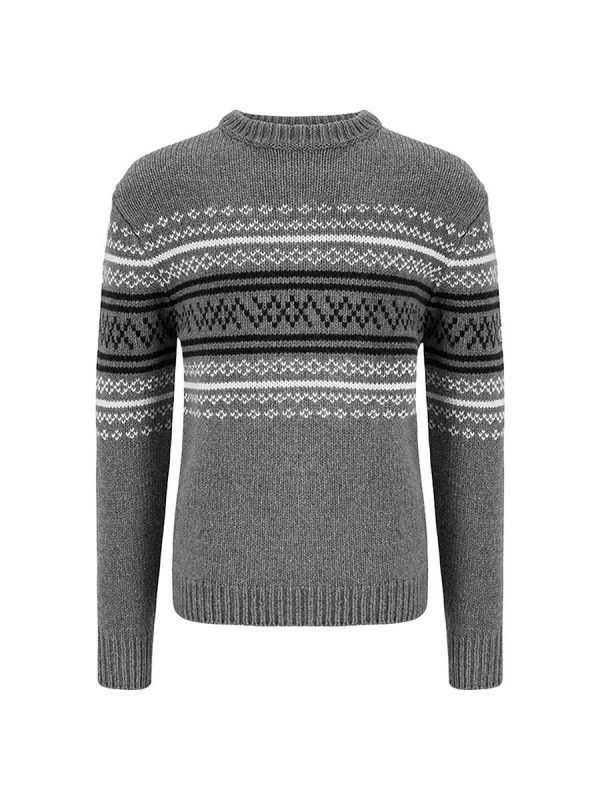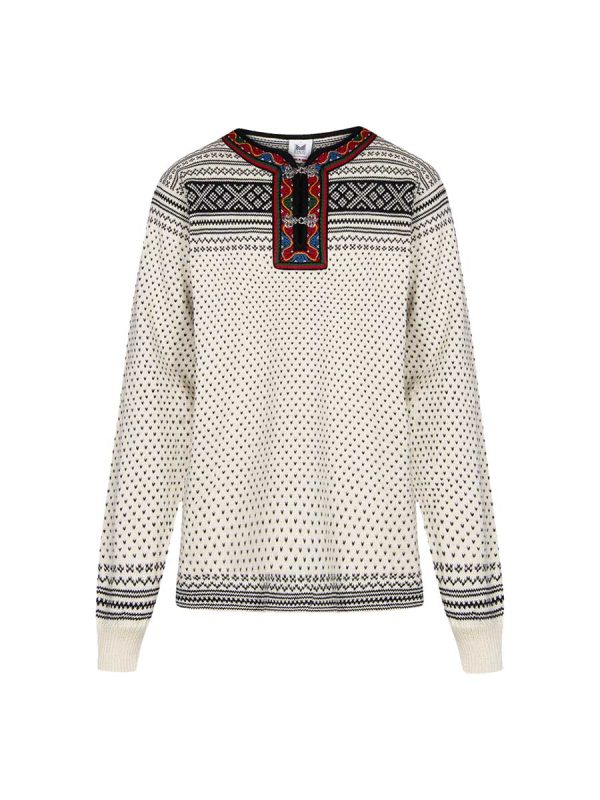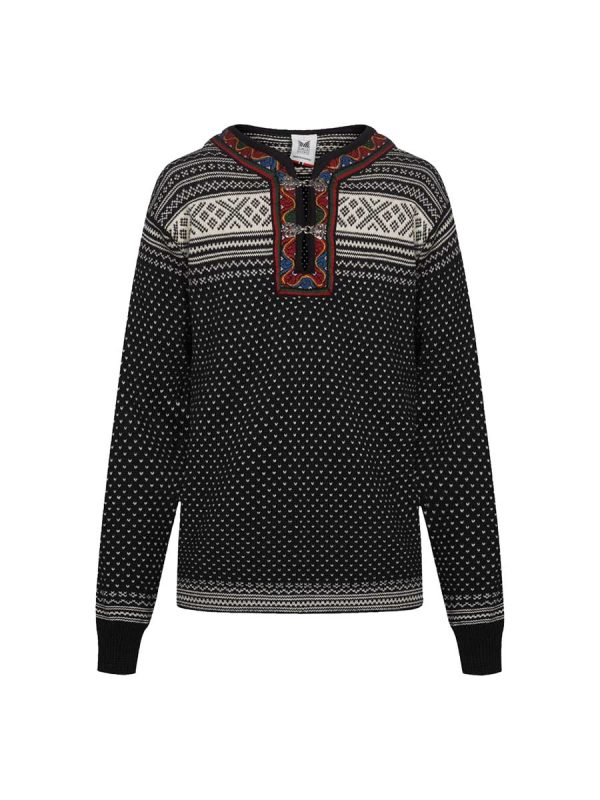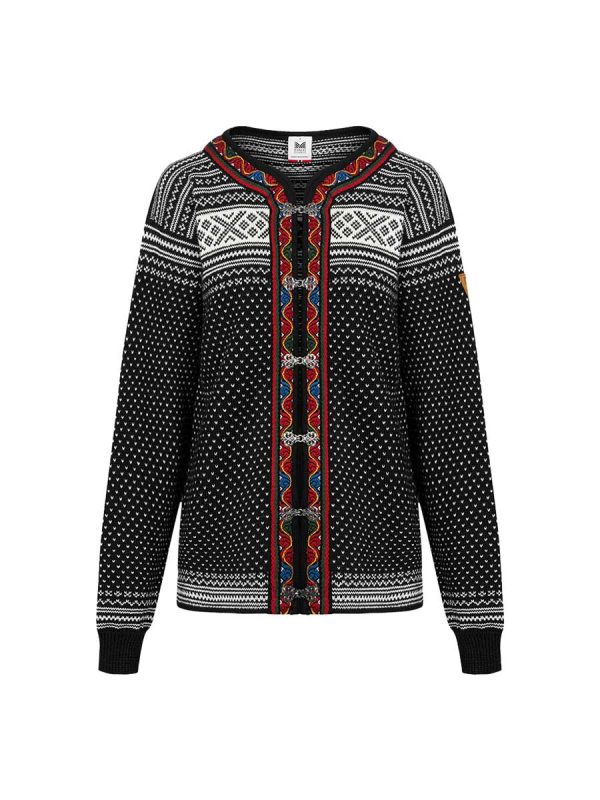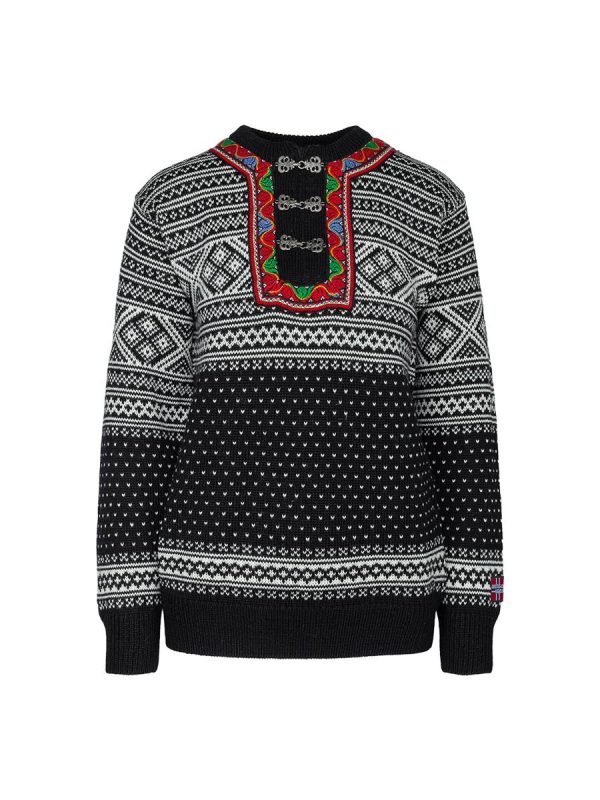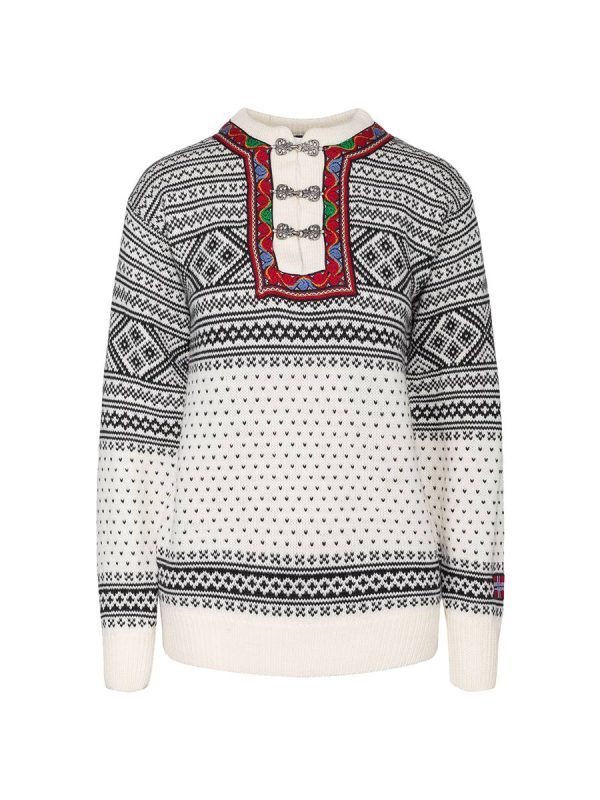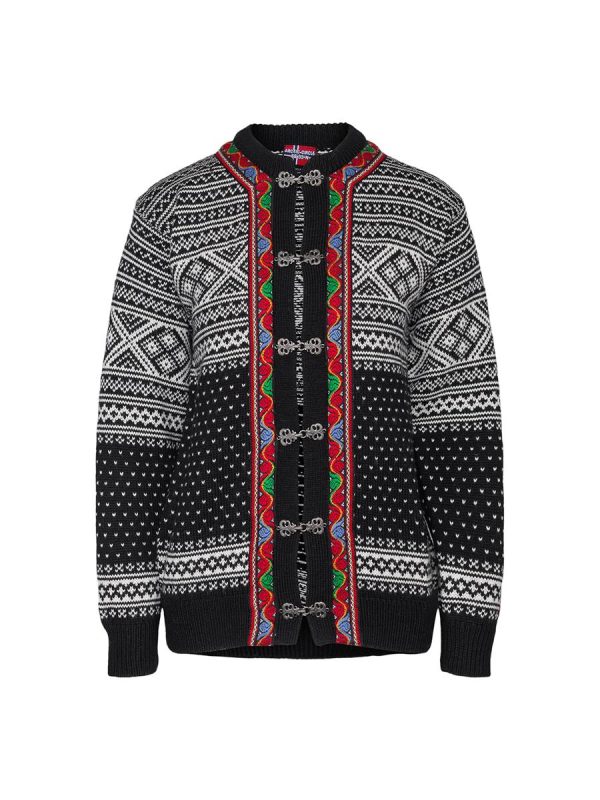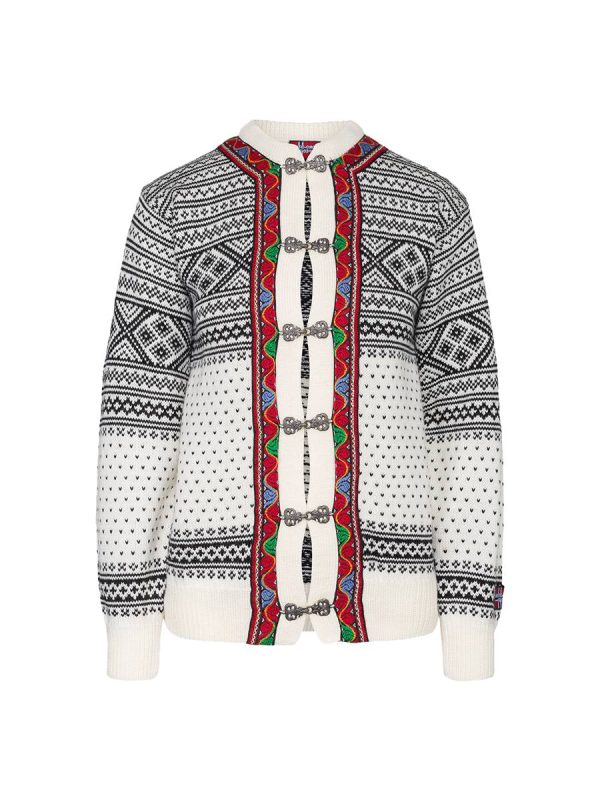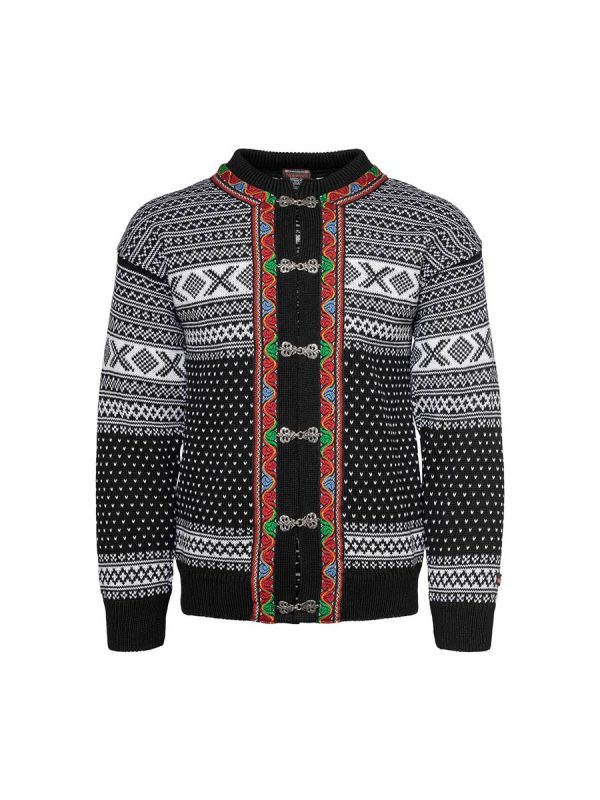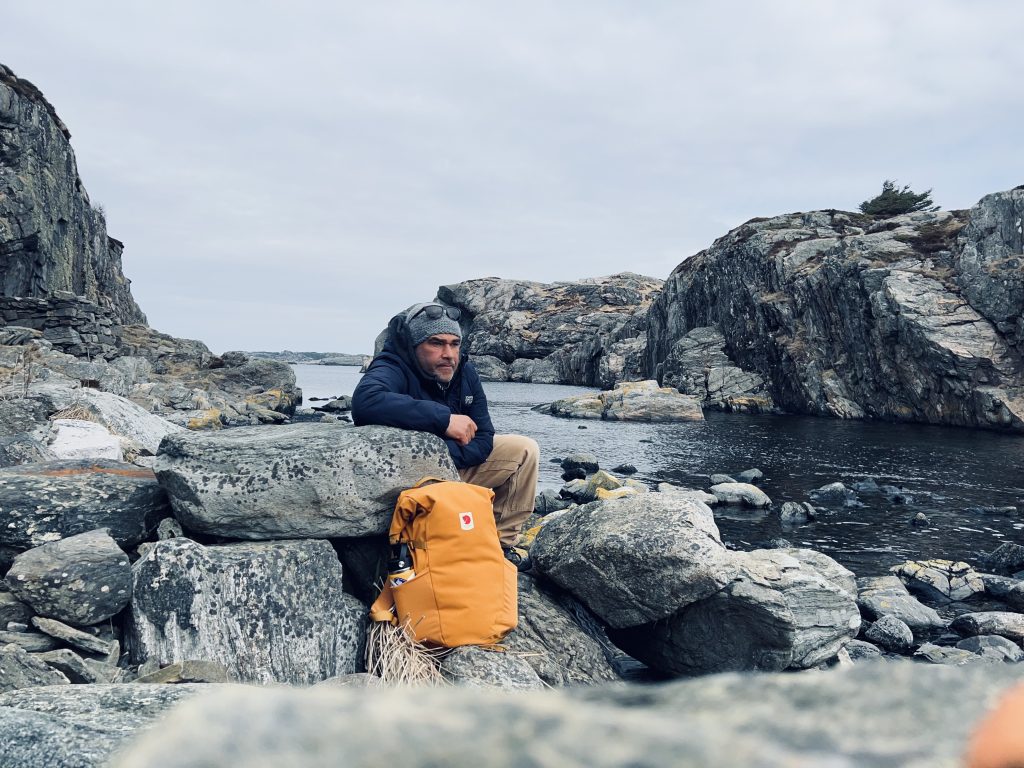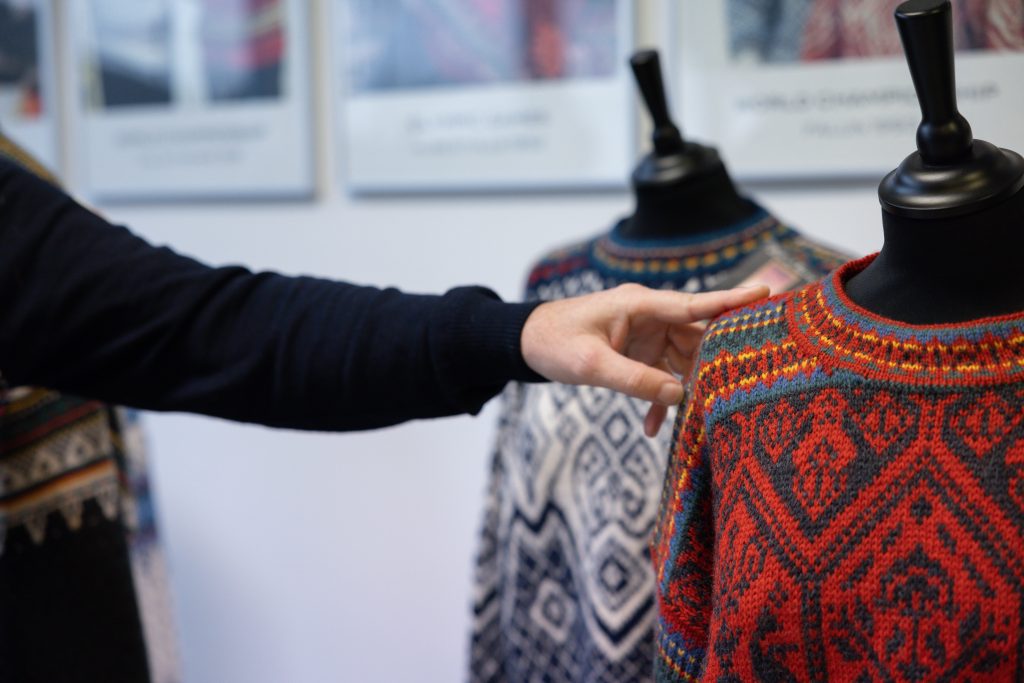Norwegian fashion culture has produced timeless designs that have spread across the globe or remained local treasures. The country’s demanding geography requires sturdy clothing that can resist the harsh conditions of northern winters. But within those restrictions, Norwegians have shown a flair for creative, memorable fashion. Here’s how Norwegian clothing style has changed over time.
Bunad Dress
A Hardanger design inspired a national Norwegian costume, the bunad dress. Meaning outfit or equipment, 19th-century patriots adopted the item as the garb most symbolic of Norwegian identity.
By 1900 the idea of the bunad had expanded to include unique designs for every region. You may see a Nordland bunad, a Møre og Romsdal bunad, or a Rogaland bunad depending on where you travel.
But the core features of the bunad dress remain the same, a wool base with scarves, shawls, embroidery, and gold or silver jewelry. Since 1900, Norwegians have shifted away from using the traditional garb as exaggerated formal wear to donning it during key moments for Norwegian heritage.
Setesdal Sweater
Wool Norwegian clothing style pieces are some of the earliest garments we have on record. The country’s natural abundance makes it an ideal place to raise sheep. And wool’s unique properties make it exceptional at combating cold Scandinavian winters.
So, it’s no surprise that the most famous traditional Norwegian sweater pattern originated from a simple wool design in the province of Setesdal. Known as lusekofte, the garb traditionally comes in black and white, with the name referring to prominent black stitches.
Modern advancements have emphasized more diverse colors, often concentrating a red trim around the neck.
Marius Sweaters
In 1953, former fashion model Unn Søiland Dale designed a pattern based on the classic lusekofte. A local 1954 film, Troll i ord, featured former war hero Marius Erisken wearing one of Dale’s designs. This picture created a knitting fervor in Norway and earned the lusekofte update its name, the Marius pattern.
Unlike its Setesdal predecessor, the Marius design features bold colors, red white, and blue, symbolizing the Norwegian flag. Today, Norwegians still layer a wool Marius sweater on top to protect from the elements and proudly display their nationality.
Modern Developments
Modern Norwegians still recognize wool’s cultural and practical significance. Norwegians have knit for centuries, giving today’s designers a deep history to draw upon. That’s why the designs are so successful.
And Norway’s rich culture paired with improved distribution methods means today’s shoppers have wide access to designs previously confined to specific regions. Sweaters by Dale of Norway are a perfect example. Many of their patterns incorporate traditional features like the eight-petal Selbu rose.
